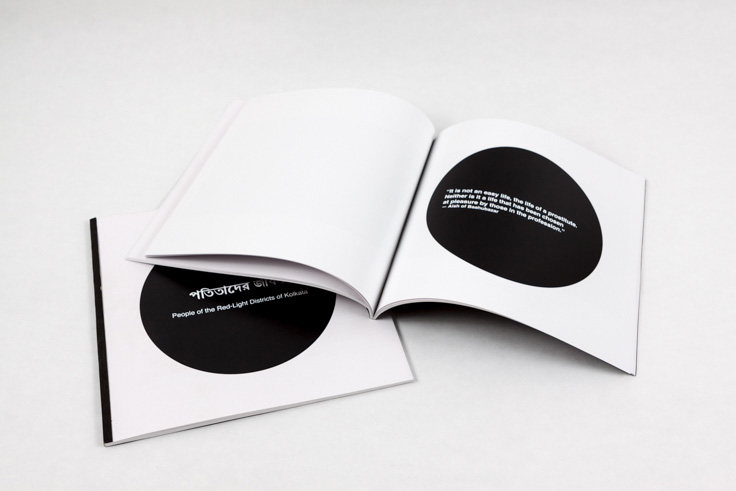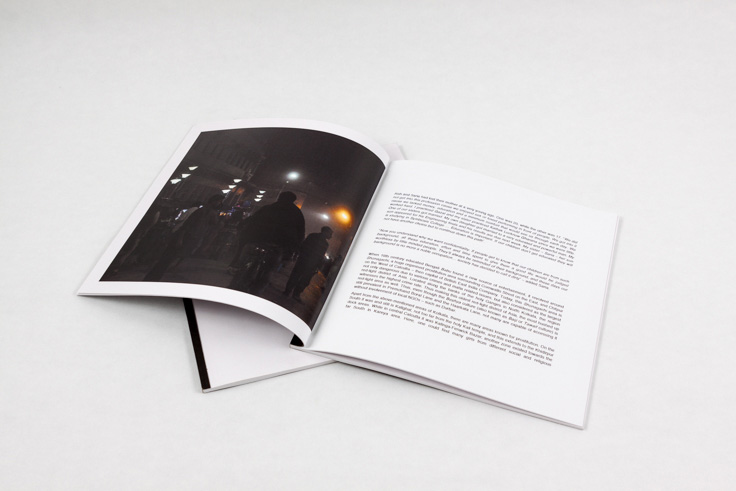People of the redlight districts of Kolkata
Influence of media on generalised perceptions of people is often used to establish a connection between ostracised
population and people on the perceptive end of documentary or journalistic photography. We see through literatures,
sociological and psychological analysis, lawsuits fought all over the world that there is a certain conscious
endeavour to establish a preconditioned norm of class and character towards these marginalised population. We have
seen this through images of various photographers who’ve depicted criminals, the poor, the transgendered, the
working class or even people from professions such as prostitution that the photographic qualities were twigged to
particularity aim at depicting “pathetic” or “dark” reality. Thus, in my opinion this kind of photographic aesthetic
stands out as a misrepresentation of the marginalised population.
By misrepresentation I do not simply mean false representation of the people whose images are often taken, but by
misrepresentation I mean to emphasise on an aesthetic practice of highlighting the garish negative (in the name of
“art”) while completely overlooking other aspects (such as mental and physical health of the individual, signs of
hope – if any, societal oppression, etc.). Perhaps naively so – I am convinced that the aspect of sincerity towards
the subject is mostly missing in such representations: often reducing the marginalised population into an object of
pitifulness.
Thus in this project I looked into the process of image “reality” (an immediate testimony), along side the notion of
“reality” (ontological evidence or a “perfect identity” with its referent); while observing the details of
photographic approach when applied on field to record certain populations representing minorities – such as that in
the red-light districts of Kolkata, in India.





